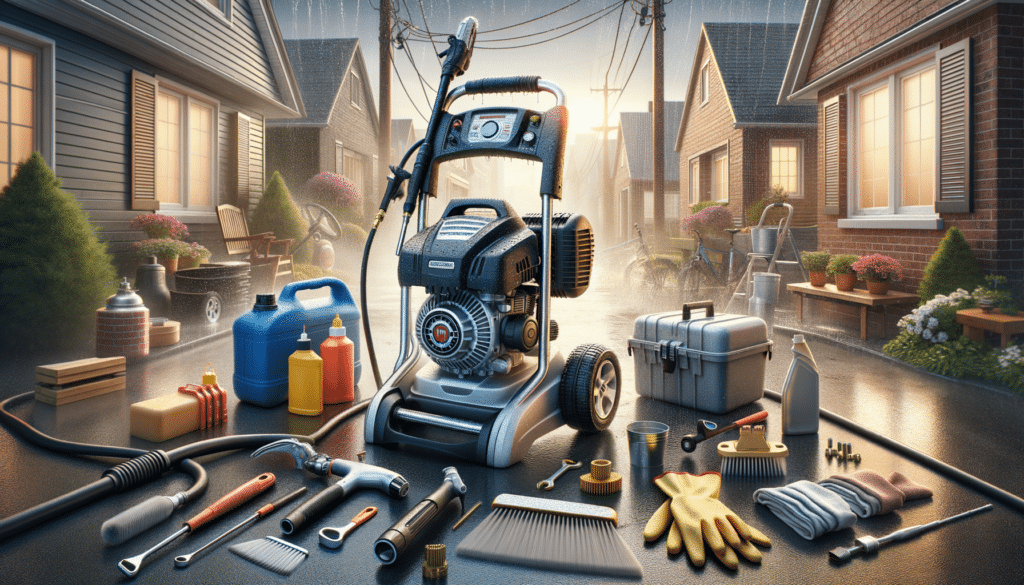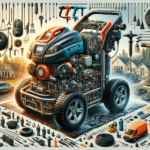How to Choose a Pressure Washer
Choosing the right pressure washer can be a daunting task, especially with the variety of models available on the market. When selecting a pressure washer, consider the following factors to ensure it meets your needs:
- Pressure Levels: Measured in PSI (pounds per square inch), the pressure level determines the force with which water is expelled. For light cleaning tasks like washing cars or patio furniture, a pressure washer with 1,300 to 2,000 PSI is sufficient. For tougher jobs like removing paint or cleaning large surfaces, opt for a model with 2,000 to 3,000 PSI.
- Water Flow Rate: This is measured in GPM (gallons per minute) and indicates the volume of water delivered. A higher GPM can clean surfaces faster. Consider a balance between PSI and GPM for optimal performance.
- Attachments and Accessories: Different nozzles and attachments can enhance the versatility of your pressure washer. Look for models that offer a variety of nozzles for different spray patterns and cleaning tasks.
- Power Source: Decide between electric and gas-powered models. Electric washers are quieter and require less maintenance, while gas-powered ones offer more power and mobility.
- Portability: Consider the weight and design of the pressure washer. Wheeled models are easier to maneuver, especially for larger units.
By carefully evaluating these factors, you can select a pressure washer that not only fits your cleaning requirements but also provides long-term value and satisfaction.
Used Pressure Washer Inspection Tips
Purchasing a used pressure washer can be a cost-effective option, but it requires careful inspection to ensure you are getting a reliable machine. Here are some tips to guide you through the process:
- Check for Physical Damage: Examine the exterior for cracks, dents, or rust, which may indicate poor maintenance or extensive use.
- Inspect the Hose and Nozzles: Look for any signs of wear or damage in the hose and nozzles. Ensure that all attachments fit securely and function properly.
- Test the Engine or Motor: If possible, start the pressure washer to assess the sound and operation of the engine or motor. Listen for unusual noises or vibrations.
- Examine the Pump: Inspect the pump for leaks or corrosion. A faulty pump can lead to reduced performance and costly repairs.
- Review Maintenance Records: Ask the seller for any maintenance records or receipts. Regular servicing is a good indicator of a well-maintained machine.
By following these inspection tips, you can make an informed purchase and avoid potential headaches associated with buying a used pressure washer.
Pressure Washer Maintenance Guide
Proper maintenance of your pressure washer is essential to ensure its longevity and optimal performance. Here’s a guide to help you keep your machine in top condition:
- Regular Cleaning: After each use, clean the nozzles and hoses to prevent clogs. Remove any dirt or debris from the exterior of the unit.
- Check Oil Levels: For gas-powered models, regularly check the oil levels and change the oil as recommended by the manufacturer.
- Inspect the Air Filter: Clean or replace the air filter periodically to ensure efficient engine performance.
- Flush the System: Periodically flush the pressure washer with clean water to remove any detergent residues or mineral deposits.
- Store Properly: During colder months, store the pressure washer in a dry place. For gas models, add a fuel stabilizer to prevent fuel degradation.
By adhering to these maintenance practices, you can extend the lifespan of your pressure washer and maintain its efficiency for years to come.


